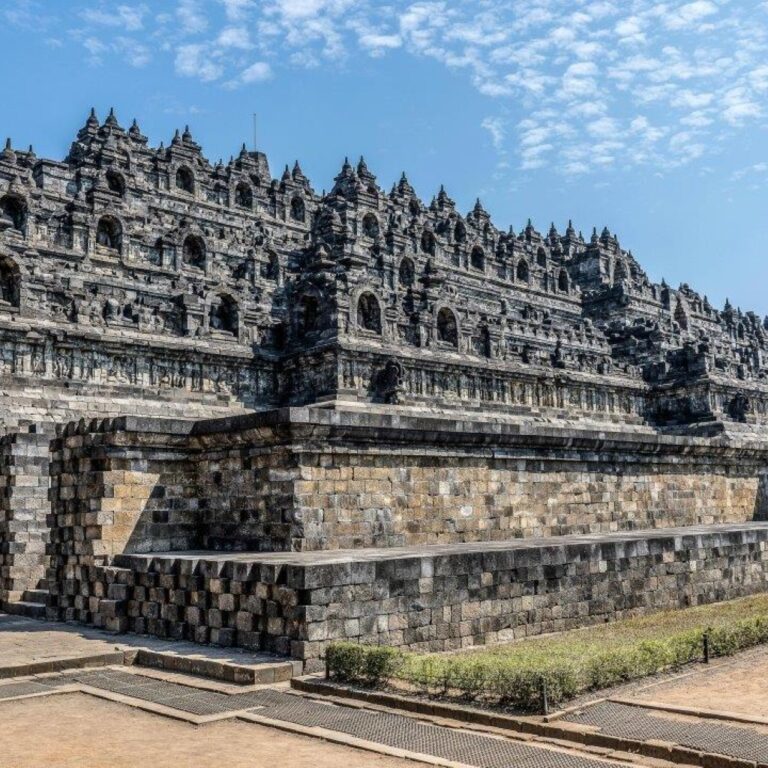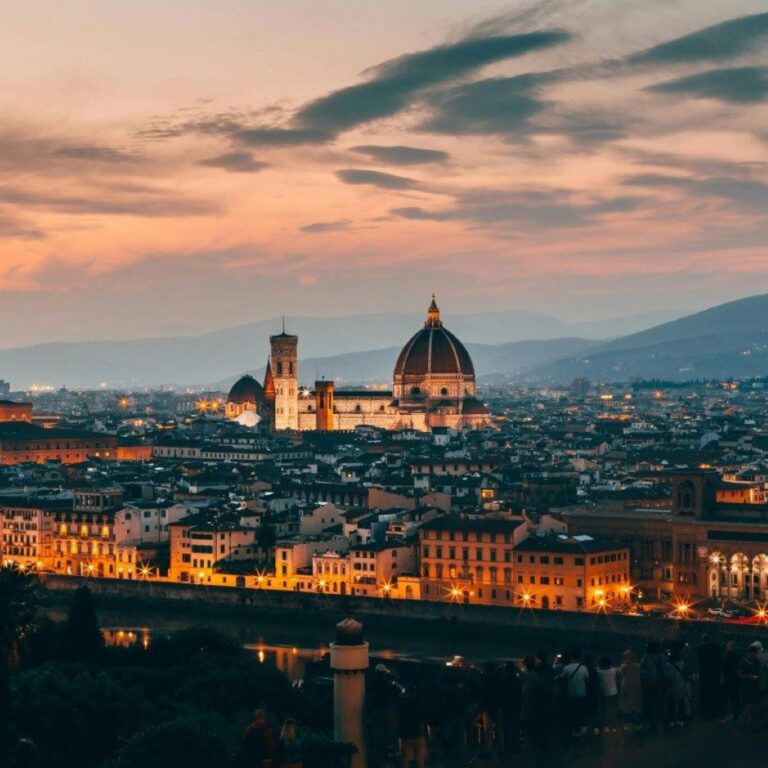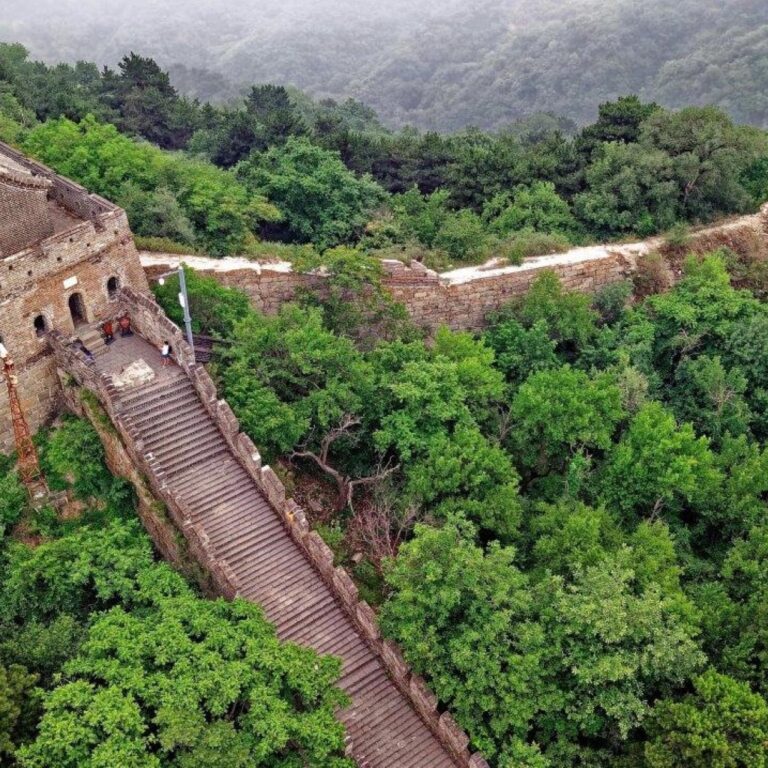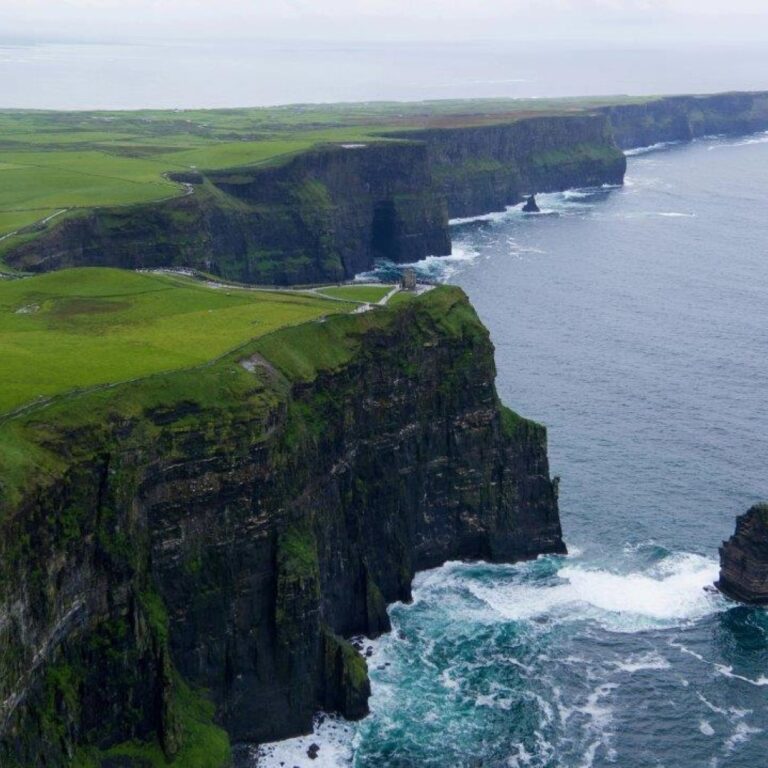Borobudur is the world's largest Buddhist temple, located in Central Java, Indonesia.
Builders constructed the temple in the 9th century during the reign of the Sailendra Dynasty.
UNESCO designated Borobudur as a World Heritage Site and recognizes it as one of the greatest Buddhist monuments in the world.
People abandoned the temple in the 14th century, and British colonial officer Sir Thomas Stamford Raffles rediscovered it in 1814.
Workers constructed Borobudur from approximately 2 million stone blocks, covering a total surface area of 2,500 square meters.
The temple has nine stacked platforms, six square and three circular, topped by a central dome.
Seventy-two Buddha statues surround the central dome, each seated inside a perforated stupa.
Artists decorated the walls and balustrades of Borobudur with 2,672 relief panels and 504 Buddha statues.
The reliefs on the temple tell the story of the life of Buddha and his teachings, known as the Dharma.
The temple's design represents Buddhist cosmology, with the base symbolizing the world of desire. The middle is representing the world of forms, and the top representing the formless world.
Builders constructed Borobudur without using any cement or mortar, relying on interlocking techniques to hold the stones together.
UNESCO supervised the restoration of the monument in the 20th century to prevent further deterioration.
Borobudur hosts the Vesak festival each year, which is the most important Buddhist festival, commemorating the birth, enlightenment, and death of Buddha.
The temple's design follows the Javanese Buddhist architecture, which blends the Indonesian indigenous cult of ancestor worship and the Buddhist concept of attaining Nirvana.
Builders aligned Borobudur with Mount Merapi, a nearby active volcano, and likely influenced the temple's construction with the surrounding landscape.
How useful was this post?
Click on a star to rate it!



